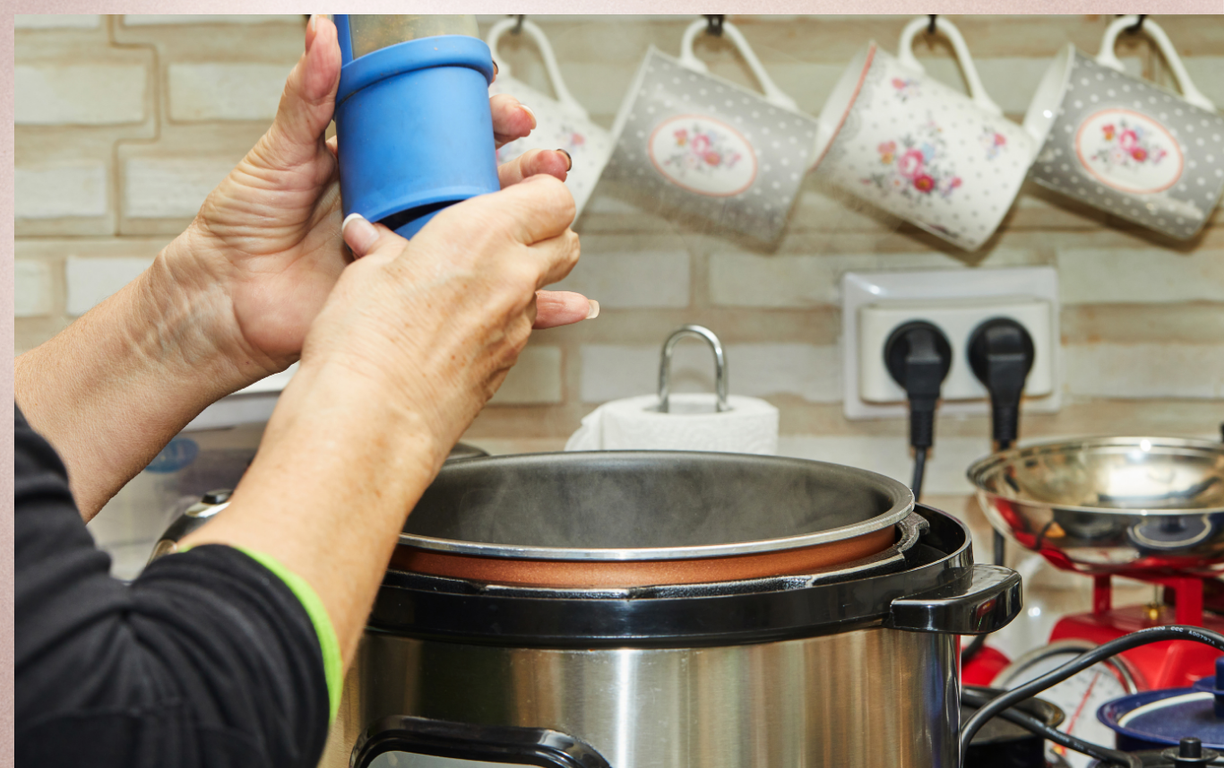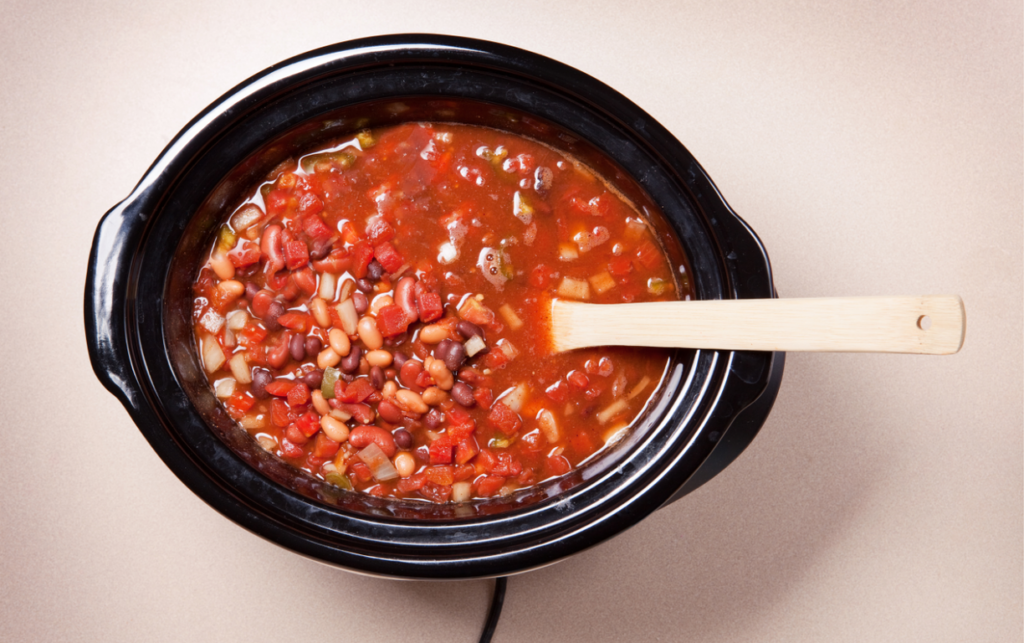Physical Address
304 North Cardinal St.
Dorchester Center, MA 02124
Physical Address
304 North Cardinal St.
Dorchester Center, MA 02124

When it comes to slow cooking, you might wonder if adding water is always necessary. This simple question can significantly impact the flavor and texture of your meals. Slow cookers are designed to create a moist cooking environment, but the amount of liquid you need can vary based on what you’re making.

Slow cookers create a controlled, moist cooking environment. This allows heat to circulate evenly, ensuring your dishes cook slowly and thoroughly.
Slow cookers use low, steady heat to prepare food over several hours. The heat surrounds the food, cooking it from all sides. Most slow cookers consist of a ceramic or porcelain pot and a heating element. You place ingredients in the pot, set the temperature, and let the device do the rest. Moisture from the ingredients steams and cooks the food, reducing the need for additional water in many cases.
Several myths exist about slow cooking.
Many recipes create enough steam and moisture, eliminating the need for excessive liquid.
Certain dishes, like stews and casseroles, may only require the moisture from vegetables or meats.
Cooking times depend on the specific recipe, so adjust accordingly for best results.
Opening the lid lets heat escape, prolonging cooking time and affecting texture.
Water plays a crucial role in slow cooking, influencing both the texture and flavor of dishes. Understanding the importance of liquid in recipes helps ensure successful meal preparation.
Liquid in slow cooker recipes serves multiple purposes. It prevents food from drying out, enhances flavors, and aids in cooking evenly. Most recipes rely on some form of liquid, such as broth, stock, or sauce, to create steam, ensuring moisture circulates throughout the cooking process. The specific amount of liquid varies based on ingredients; for instance, lean meats often require more liquid than fatty cuts. Additionally, grains soak up water, necessitating extra liquid for successful cooking. Knowing the right balance enhances your dish’s overall quality.
Insufficient liquid can lead to several issues during slow cooking. Without enough water, dishes may become dry or overcooked, impacting both flavor and texture. Many ingredients, such as beans or rice, require adequate hydration to soften properly; they can become tough if liquid is lacking. Additionally, slow cookers operate best within a certain moisture threshold, which impacts the evenness of cooking. If the liquid evaporates too quickly, it can cause scorching and ruin the dish. Maintaining an appropriate liquid level ensures optimal results in your cooking endeavors.
Understanding when to add water to a slow cooker is essential for achieving the desired texture and flavor. The amount of liquid required often depends on the specific ingredients used and the dish being prepared.
Cooking without water is feasible for certain dishes, particularly those with high moisture content or fatty ingredients. Example dishes include whole roasts, stews with vegetables, or braised meats. In these cases, the meat or vegetables release sufficient juices during the cooking process, creating a flavorful base. Be cautious, as overcooking may dry out the food, so monitor the cooking time closely.
Cooking with minimal liquid suits dishes that require enhanced flavor concentration, such as sauces or gravies. Consider using just a small amount of broth, wine, or other flavor-infused liquids. Lean meats, such as chicken breast or turkey, benefit from added moisture, while vegetables help maintain their texture and flavor. Always remember to adjust the cooking time accordingly to prevent drying out or overcooking.
Understanding the right way to use liquids in slow cooking ensures optimal flavor and texture. You’ll find that different types of dishes require different amounts and types of liquid.
Understanding when and how much water to add to your slow cooker can greatly enhance your cooking experience. It’s all about balancing moisture and flavor to achieve the best results. While some dishes thrive with added liquid, others can shine with minimal or no water.
Experimenting with different types of liquids can elevate your meals, allowing you to customize flavors and textures to your liking. Keep in mind the specific ingredients and their moisture content, and adjust accordingly. By mastering the art of liquid management in your slow cooker, you’ll unlock a world of delicious possibilities in your kitchen. Enjoy the journey of discovering what works best for your favorite recipes.

Yes, adding water to a slow cooker is often necessary, as it helps prevent food from drying out and enhances flavor. However, the amount of liquid required can vary based on the dish and ingredients used.
A slow cooker uses low, steady heat to cook food evenly over several hours. Its design creates a moist cooking environment that helps retain flavors and tenderizes ingredients, resulting in delicious meals.
Yes, insufficient liquid can lead to dry or tough food and uneven cooking. It’s essential to maintain an adequate liquid level, especially when using lean meats or grains that need hydration.
You can cook without added water for dishes with high moisture content, like whole roasts or stews, as they release natural juices. However, be cautious of overcooking, which can dry out the food.
Use water, broth, or stock for hydration and flavor. Ingredients like wine can add depth, while sauces and juices can boost intensity and sweetness. Adjust amounts based on the dish’s requirements.
When using minimal liquid, you may need to increase cooking time to avoid incomplete cooking. Testing the dish’s consistency during cooking helps ensure it maintains its desired texture and flavor.
To optimize moisture retention and flavor, use high-moisture ingredients, layer from firm to soft, and reduce liquid in recipes designed for conventional cooking. Always adjust cooking times to accommodate your modifications.